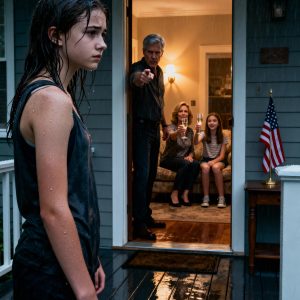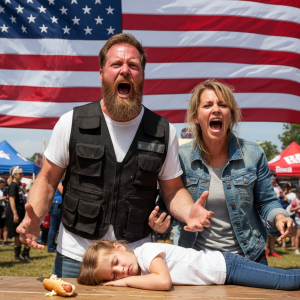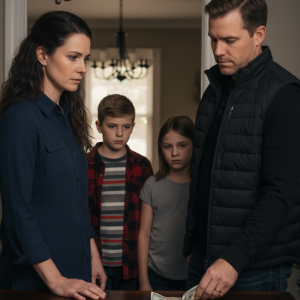During live coverage of anti‑ICE protests in downtown Los Angeles, Nine News correspondent Lauren Tomasi was struck in the leg by a rubber bullet fired by police. The incident, broadcast live, showed her wince in pain before assuring a bystander, “I’m good.”
What Happened
As protests against federal immigration raids intensified, law enforcement declared a segment of downtown an “unlawful assembly,” employing crowd‑control tactics like rubber bullets, tear gas, and mounted patrols. During a live scene, police fired in Tomasi’s direction, injuring her while she and her cameraman were clearly identified as media.
Extent of Press Injuries
The incident involving Tomasi is part of a broader pattern — more than two dozen journalists have reported being injured, detained, or obstructed while covering the unrest. Press‑freedom advocates suggest some actions may reflect deliberate targeting rather than collateral damage.
Case Study: New York Post Photographer
Among those injured was Toby Canham, a photographer for the New York Post, who was hit directly in the forehead by a rubber bullet while filming near a freeway underpass. Canham later described feeling like “an easy target,” noting he was alone at the time.
Media and Legal Groups Respond
Leading press watchdogs—such as the Committee to Protect Journalists and Reporters Without Borders—have urged U.S. and California officials to safeguard journalists on the front lines. The groups argue that threats to press safety undermine core democratic values and must be addressed with training and clear protocols.
Political Reactions
Australian Prime Minister Anthony Albanese condemned the shooting as “horrific” and “unacceptable,” confirming he has raised the matter with U.S. authorities. He praised Tomasi’s composure and noted Australia’s formal concerns over journalists’ safety. Politicians from both sides emphasized that such actions should not go unanswered.
Conclusion
The video of Lauren Tomasi being shot sparked international outrage and has fueled scrutiny of how law enforcement engages with the press during volatile protests. As coverage continues, authorities face mounting pressure to implement better protections so journalists can work without fear of harm.





